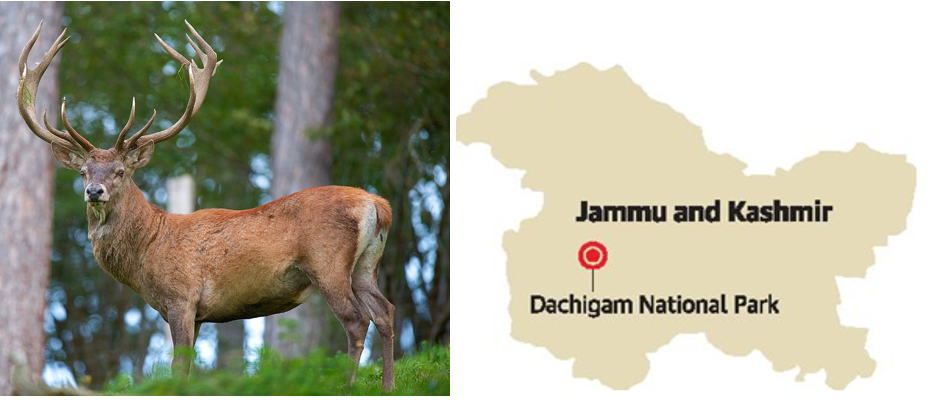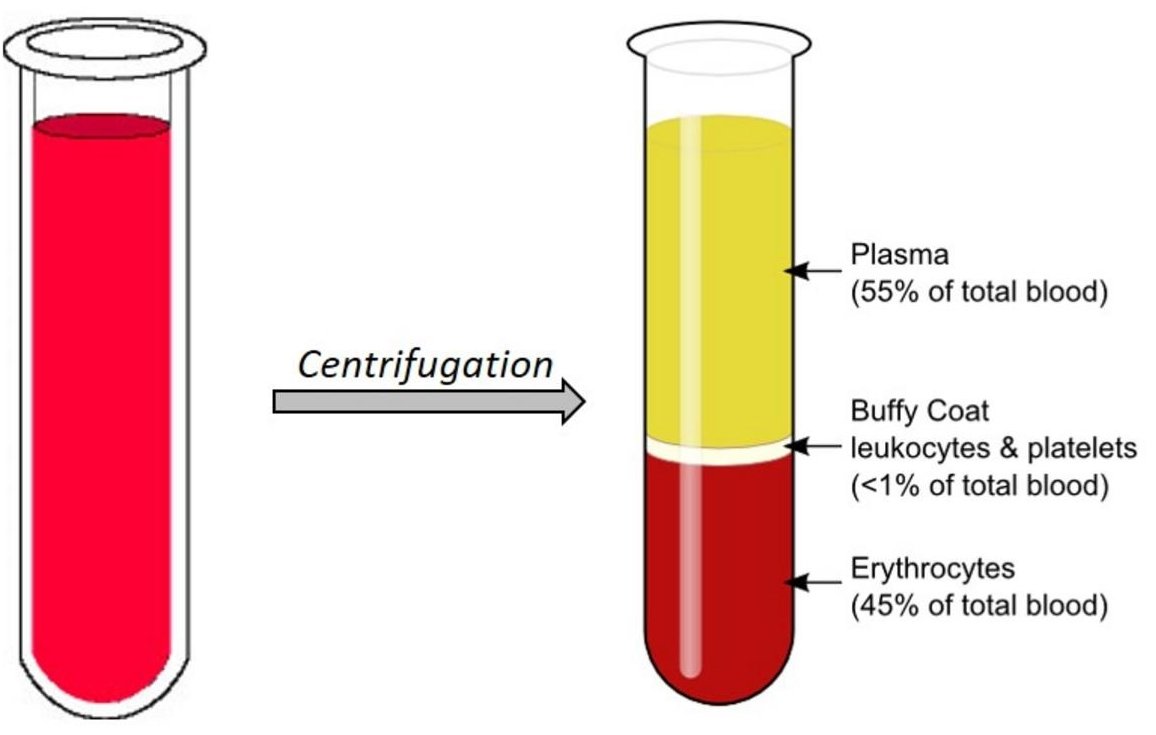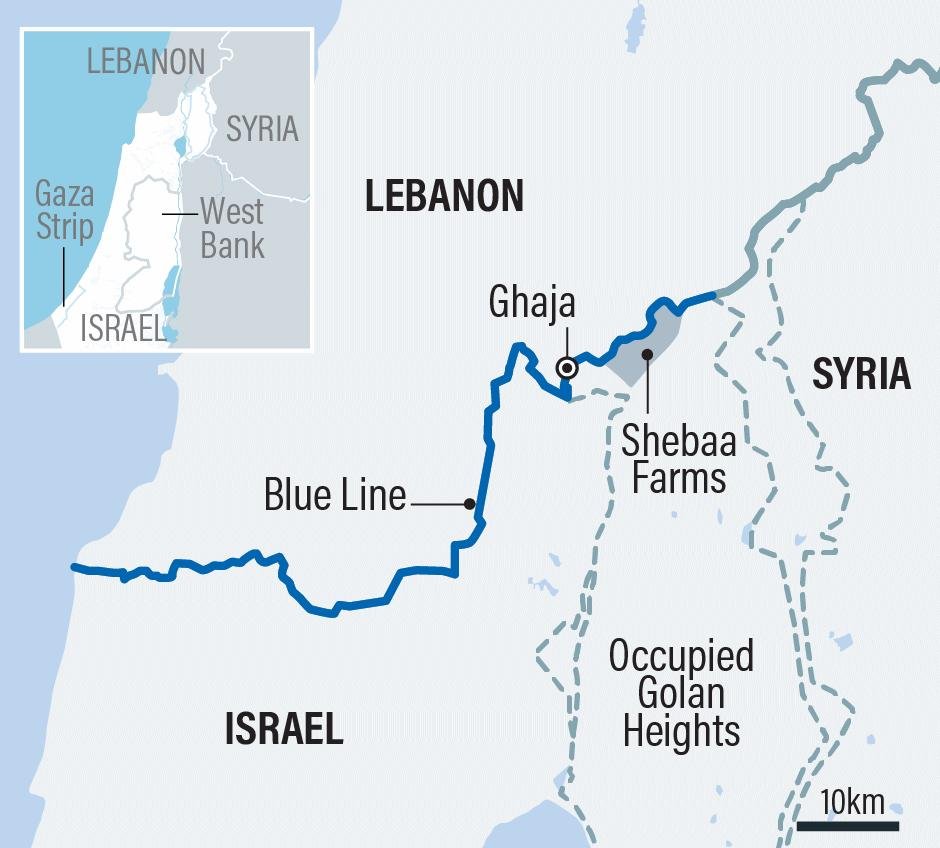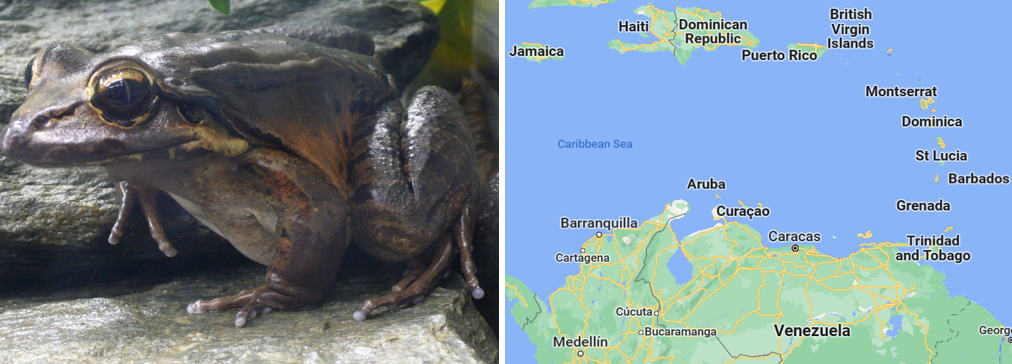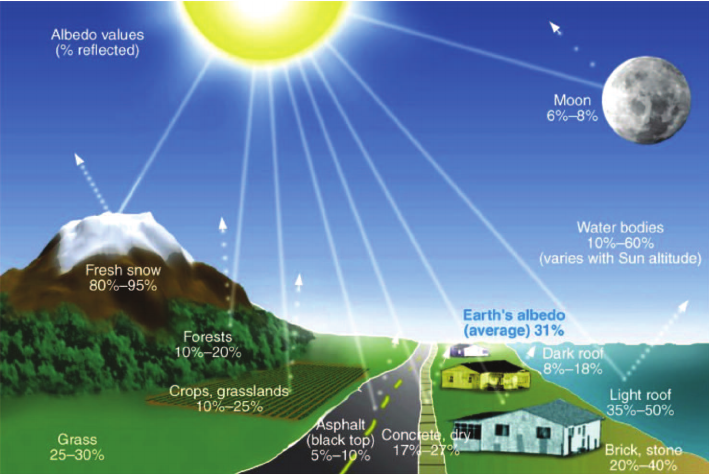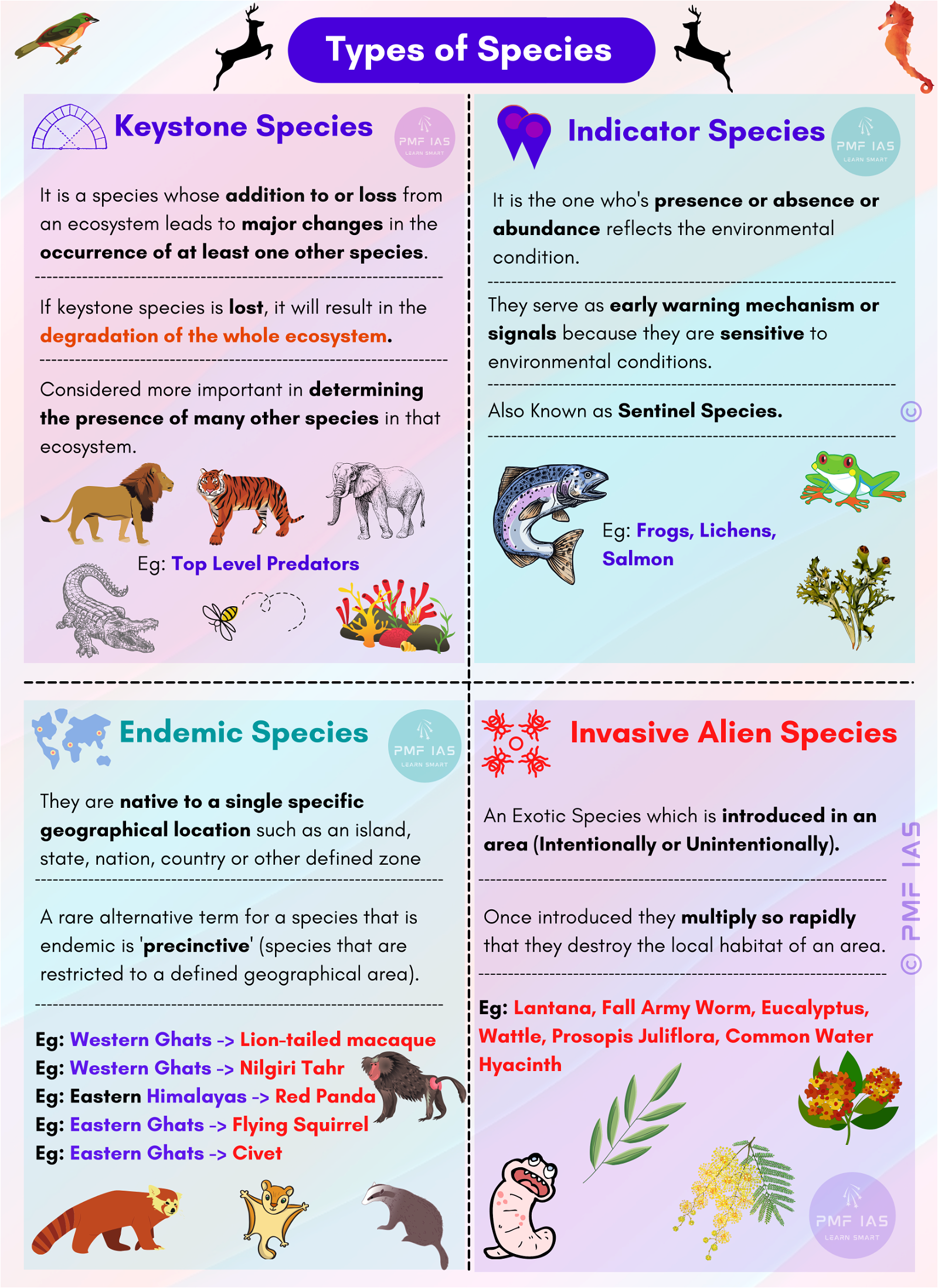
Current Affairs October 07, 2023: e-FIR, Nobel Peace Prize 2023, Money Bill, Age of Consent, Amphibians Threatened with Extinction
Subscribers of "Current Affairs" course can Download Daily Current Affairs in PDF/DOC
Subscribe to Never Miss an Important Update! Assured Discounts on New Products!
Must Join PMF IAS Telegram Channel & PMF IAS History Telegram Channel
{GS2 – Governance – E-Gov} e-FIR
- Context (LiveLaw): The Law Commission has recommended rolling out registration of e-FIRs in a phased manner, beginning with offences that attract a jail term of up to three years.
- Accordingly, the commission has recommended suitable amendments to:
- Code of Criminal Procedure, 1973
- Indian Penal Code, 1860
- Indian Evidence Act, 1872
- Information Technology Act, 2000
- e-FIRs will:
- Tackle persisting issues of delay in the registration of FIRs.
- Address the reluctance of police officers to file FIRs for minor offences.
- Tackle the challenges arising from a low police-to-public ratio.
- Allow citizens to report crimes in real time.
First Information Report (FIR)
- Section 154 of the Code of Criminal Procedure (CrPC) deals with First Information Report (FIR).
- First Information Report (FIR) is information of cognizable offence given to police by the victim or any other person.
- Section 154 of CrPC makes it mandatory for the police to register an FIR when a person reports a cognizable offence.
|
Can a police officer conduct a preliminary inquiry before the registration of an FIR?
- In the Lalita Kumari v. Government of UP case, the SC ruled that when the police receive information about a cognisable offence, they must file an FIR and cannot do a preliminary inquiry to verify the information’s credibility.
- Few cases are exceptions where the police officer can conduct a preliminary inquiry. These are:
- Matrimonial /Family disputes
- Medical cases
- Corruption cases
- Commercial cases
|
Zero FIR
- Zero FIR means an FIR that can be lodged in any police station irrespective of any territorial jurisdiction of the police station.
- Such FIR is transferred to the police station having territorial jurisdiction. After receiving the Zero FIR, the relevant police station registers a fresh FIR and starts the investigation.
{GS2 – IE – Employment} Counting Rural Women’s Labour
- Context (IE): India has one of the lowest female LFPRs globally and lags behind other South Asian countries, except Afghanistan and Pakistan.
Labor Force Participation Rate (LFPR)
|
Labour Force Survey (PLFS) Data for Women
- According to the PLFS data, the LFPR for women in the working age group (15-59 years) in India was only 35.6 per cent (39.3 per cent in rural areas and 26.5 per cent in urban areas) in 2021-22.
- However, Women’s LFPR increased relative to men, particularly in rural regions, between 2017–21.
Periodic Labour Force Survey (PLFS)
|
Factors Driving Increased LFPR among Rural Women
- A significant proportion of rural working women are engaged in agriculture and related activities.
- An increase in self-employment among rural women, as indicated by the education and age-based classification of LFPR, explains this upward trend.
Challenges Confronting Rural Women in the Workforce
Gender Disparities
- Rural women in both regular and casual wage employment face a higher gender wage gap compared to their urban counterparts.
- Self-employed women earn less than half of what men do, highlighting a significant gender earning disparity, which has worsened between 2017 and 2021.
- Additionally, gender disparities in land ownership persist, with only a tiny percentage of landholdings owned by women, limiting their access to agricultural support schemes.
Unpaid Domestic Work
- Moreover, the vital but unpaid domestic work performed by many women often goes unrecognised and unaccounted for, keeping them outside the official labour force.
- In rural areas, a third of women were engaged in unpaid domestic chores in 2021-22.
- Furthermore, women spend considerable time on unpaid caregiving and crop cultivation activities.
Government Schemes and Female Participation
- Government initiatives like PM Kisan Samman Nidhi and PM Fasal Bima Yojana aim to support farmers.
- However, data reveals that a low percentage of women farmers benefit from these schemes due to land ownership requirements.
Recommendations for Increasing Female LFPR in Rural Areas
- Need a system that provides robust support and incentives for female workers.
- Increasing women’s mobility through programs like Bihar’s bicycle initiative can encourage education and labour force participation.
- Access to microfinance loans can also boost female LFPR, primarily driven by self-employment opportunities.
{GS2 – Misc – Human Rights} Nobel Peace Prize 2023
- Context (TH | TH | IE): Imprisoned Iranian activist Narges Mohammadi won the Nobel Peace Prize 2023 for her fight against oppression of women in Iran and to promote human rights.
- In their announcement, the Committee mentioned last year’s protests in Iran over Mahsa Amini’s death in custody by the morality police.
- Ms. Mohammadi is the 19th woman to win the Nobel Peace Prize and the second Iranian woman after human rights activist Shirin Ebadi won the award in 2003.
- Mohammadi and her family have protested politically since the Iranian Revolution. The monarchy fell at the end of the movement in 1979, and Iran became an Islamic republic.
- She was sentenced to 31 years in prison. In prison also, she organised protests with fellow female inmates against the government.
- In 2022, her book ‘White Torture’ was published.
Iranian Hijab Protests
- The protests began after Mahsa Amini, a 22-year-old Kurdish woman, died in morality police custody for defying Iran’s strict hijab rules.
- The death of Amini has sparked one of the biggest anti-government demonstrations in Iran since the 1978-79 Islamic Revolution.
- The protests initially led by the women focusing on ending the mandatory headscarf rapidly spread, provoking a fierce crackdown by the government.
- The protests’ motto was ‘Zan – Zendegi – Azadi (Woman – Life – Freedom).
|
Nobel Peace Prize
Nobel Prize
- The Nobel Prize is a set of five international prizes awarded annually in physics, chemistry, physiology or medicine, literature, and peace.
- It was established by the will of Alfred Nobel (the inventor of dynamite).
- The Nobel Foundation in Stockholm, Sweden, awards the prizes.
- They are awarded to individuals who have made the most significant contributions to humanity in their respective fields during the preceding year.
- The Nobel Prizes were first awarded in 1901.
- They are awarded each year on December 10, the anniversary of Alfred Nobel’s death.
- Except for the Peace Prize, the Nobel Prizes are presented in Stockholm, Sweden.
- The Peace Prize is awarded in Oslo, Norway.
Why the Nobel Peace Prize is Awarded in Norway?
- Alfred Nobel’s will stipulated that a Norwegian committee award the Nobel Peace Prize, but he did not provide a reason for this decision.
- There are several theories about why Nobel chose Norway, but none are definitive.
- One theory is that Nobel was impressed by Norway’s commitment to peace and democracy. Norway had been a neutral country for centuries and played a leading role in arbitration.
- To this day, the Nobel Peace Prize is a completely Norwegian affair, with the winners selected and announced by a Norwegian committee.
{GS2 – Polity – IC – Parliament} Money Bill
- Context (TH): CJI Chandrachud announced the formation of a seven-judge bench to address the controversy around Money Bills.
- Earlier, the government introduced legislation like the Aadhaar Bill and amendments to the Prevention of Money Laundering Act as Money Bills.
- In 2018, the SC, by a 4:1 majority, upheld the constitutional validity of the Aadhaar Act.
- Justice Chandrachud was the lone dissenter. He said that passing the Aadhaar Act as a money bill is a violation of Article 110 of IC.
- Money bills are specific legislation introduced under Article 110 of the IC.
- These bills deal primarily with financial matters and taxation.
- Money bills do not require approval from the RS, where the government may not have a majority.
Special Provisions for Money Bill
- A Money Bill cannot be introduced in RS.
- It can only be introduced in LS with the prior recommendation of the President for introduction.
- When the LS passes a Money Bill and sends it to the RS, the RS must return it within 14 days.
- If the RS does not return a Money Bill within 14 days, it is deemed passed by both the Houses.
- RS may return a Money Bill transmitted to it with or without recommendations.
- It is open to Lok Sabha to accept or reject all or any of the recommendations of Rajya Sabha.
- A Money Bill cannot be referred to a Joint Committee of the Houses.
- The President cannot return the Money Bill.
|
Article 110 of IC
A Bill is considered a Money Bill if it deals only with the following matters:
- The imposition, abolition, remission, alteration, or regulation of any tax.
- The regulation of:
- Borrowing of money
- Giving guarantee by the Government of India
- Amendment of the law with respect to any financial obligations undertaken or to be undertaken by the GoI
- Custody of the Consolidated Fund or the Contingency Fund of India. The payment of money into or the withdrawal of money from any such Fund
- Appropriation of money out of the Consolidated Fund of India
- Declaring any expenditure charged on the Consolidated Fund of India or the increasing amount of any such expenditure.
- Receipt of money on account of the Consolidated Fund of India or the public account of India or the custody or issue of such money or the audit of the accounts of the Union or of a State
- Any matter incidental to any of the matters specified in sub-clauses (a) to (f).
{GS2 – Vulnerable Sections – Children} Age of Consent
- Context (TH): In the last few years, Indian courts have faced several cases relating to minor girls above sixteen falling in love, eloping, and having sexual intercourse with a boy.
- In 2022, Karnataka HC asked the law commission to rethink the age of consent.
- The 22nd Law Commission submitted its report to the Law Ministry.
Highlights of report
- Reducing the age of consent would have a negative bearing on the fight against child marriage and child trafficking.
- The government should not consider changing the age of consent under the POCSO Act.
- To address cases involving tacit approval from children aged 16 to 18, amendments would be needed in the POCSO Act, 2012.
- Allow judges some flexibility when dealing with cases involving the implied consent of adolescents aged 16 to 18.
|
POCSO Act and Consent
- Currently, the age of consent under the POCSO Act is 18.
- The consent of a child (below 18 years old) is immaterial, and consensual sexual intercourse with or among adolescents is treated on par with rape.
|
Demand for reducing the age of consent
- The criminalisation of consensual sexual acts among or with adolescents is:
- Against bodily integrity and autonomy.
- Violates their right to life, privacy, and dignity.
- Laws should be framed in considering the ground realities. After the enactment of the POCSO Act, many adolescents are being prosecuted.
- In 2019, the United Nations Committee on the Rights of the Child (CRC) urged states to remove offences that criminalise adolescents who engage in consensual sexual acts with one another.
- Many HCs have recognised that adolescent relationships are normal and criminalising such acts affects both parties.
- Madras HC said that adolescent romance is an important developmental marker for adolescents’ self-identity, functioning, and capacity for intimacy.
- Madras HC recommended that the age of consent be revised to sixteen.
Arguments against Reducing Age of Consent
- When the age of sexual consent is too young, it fails to protect the child from exploitation.
- According to WHO, reducing the age of consent will increase:
- Risk of unwanted pregnancy
- Unsafe abortion
- Sexually transmitted diseases
- According to the Lancet Child and Adolescent Health report, children born to adolescent mothers are at risk of being undernourished.
Way Forward
- Comprehensive sexuality education is needed to bridge knowledge gaps and build positive skills and attitudes to enable adolescents to make informed decisions.
- Students should be made aware of the POCSO Act. Lack of awareness of POCSO and the IPC is resulting in many offences being committed by young people.
- POCSO Act and the IPC need to be amended to decriminalise consensual acts involving adolescents above 16 years while ensuring they are protected against non-consensual acts.
POCSO Act: Protection of Children from Sexual Offences Act
{GS3 – Envi – CC Impact} Amphibians Threatened with Extinction
- Context (TH | IE): A new study, based on the second global amphibian assessment, revealed that climate change posed the greatest threat to the existence of amphibians.
|
Findings of the Study
Climate Change
- Climate change was the primary threat for 39% of all threatened amphibian species.
- Amphibians are very sensitive to changes in their environment.
- Human-induced climate changes make amphibians climate captives, limiting their ability to escape climate-related crises.
Habitat Destruction and Degradation
- Habitat destruction and degradation affect 93% of all threatened amphibian species.
- The biggest reason is assessed to be agriculture (77%), following timber and plant harvesting (53%) and infrastructure development (40%).
- This emphasises the need for increased habitat and corridor protection in key biodiversity areas.
Chytrid Fungus
- Chytridiomycosis, a disease caused by the fungus Batrachochytrium dendrobatidis decimated amphibian species in Latin America, Australia, and the United States.
Most Threatened Amphibian Species
- Three of five salamander species face extinction due to habitat loss and climate change, making them the most endangered amphibians.
- Additionally, a deadly salamander fungus, Batrachochytrium salamandrivorans, found in Asia and Europe, has now reached the Americas.
Distribution of Threatened Amphibian Species
- The highest concentration of threatened species are in India’s Western Ghats, Sri Lanka, Madagascar, Caribbean islands, Andes, Mesoamerica, Cameroon, and Nigeria.
Threat to Amphibians Compared to Other Animals
- Nearly 41% of amphibian species are are currently globally threatened (considered as critically endangered, endangered, or vulnerable).
- This is compared to 26.5% of mammals, 21.4% of reptiles and 12.9% of birds.
Amphibian Species Gone Extinct
- Four amphibian species were documented as having gone extinct since 2004:
- Chiriquí harlequin toad: was found in Costa Rica and Panama
- Sharp-snouted day frog: was endemic to Queensland, Australia
- Craugastor myllomyllon: was endemic to Guatemala
- Jalpa false brook salamander: was a salamander species endemic to Guatemala.
Why Amphibians Are Sensitive to Climate Change?
Temperature-dependent Development
- Many amphibians undergo metamorphosis, which involves dramatic changes in their physiology and morphology (e.g., transition from aquatic tadpoles to terrestrial adults).
- Metamorphosis is highly temperature-dependent. Temperatures below and above the optimal temperature range are detrimental to the process.
- Moreover, warmer temperatures in the optimal range can speed up development, potentially causing mismatches with resource availability.
Limited Temperature Tolerance
- Amphibians are ectothermic, which means their body temperature depends on the environment.
- They have limited thermoregulation compared to endothermic animals like mammals and birds.
- Increased temperatures lead to heat stress, dehydration, and reduced fitness in amphibian species.
Desiccation Risk
- Amphibians have permeable skin, which allows them to exchange gases and water in their surroundings. This makes them susceptible to desiccation (drying out).
- Climate change can increase the drought risk, further threatening amphibian populations.
Altered Breeding Patterns
- Amphibians often rely on specific temperature cues and moisture conditions for breeding. Climate changes can disrupt these cues, leading to mistimed breeding events.
Disease Susceptibility
- Warmer temperatures can promote the growth and spread of specific pathogens, including chytrid fungi, responsible for devastating amphibian population declines worldwide.
Habitat Loss and Fragmentation
- Climate change can alter habitats, reducing suitable areas for amphibian breeding and foraging.
- Climate-driven urbanisation and development can further fragment amphibian habitats.
Competition and Predation
- Shifting species ranges due to climate change (including invasive species) can impact amphibians’ competition and predation dynamics.
- Climate change can create new interactions that amphibians may not be well-equipped to handle.
{GS3 – IE – Bankruptcy/Insolvency} Aviation and Cape Town Convention
- Context (ET I BS): Go First airline has entered insolvency resolution proceedings, causing concerns among aircraft lessors who cannot repossess the planes they had leased to the airline.
- The proceedings legally bar lessors from repossessing the aircraft.
- The decision by the bankruptcy court will increase India’s risk profile, leading to lessors charging higher risk premiums from other local airlines, thereby increasing their cost of doing business.
- The problem lies in India’s non-adherence to the Cape Town Convention, which severely hampers the ability of creditors of Indian airlines to access the protections given in other jurisdictions entirely.
Cape Town Convention
- The Cape Town Convention is a global treaty designed to increase financing and leasing of aircraft, engines and spare parts by reducing a lessor’s risk and by enhancing legal predictability in these transactions, including in the case of an airline’s insolvency or default.
- The primary aim of the Convention is to resolve the problem of obtaining certain and opposable rights to high-value aviation assets, like aircraft and helicopters, which have no fixed location.
- This problem arises primarily because different countries’ legal systems have different approaches to securities and lease agreements, which creates uncertainty for lending institutions.
Status of Cape Town Convention in India
- While India has acceded to the convention in 2018, it has not been ratified by Parliament, which means it is not yet law in the country.
- Hence, any other standing law, including the country’s bankruptcy laws, has primacy over the convention.
Non-Adherence to the Cape Town Convention and its Implications
- Various lessors of Go First had requested aviation regulator DGCA to deregister more than 40 aircraft under the Cape Town Convention.
- As per the Convention norms, once a lessor makes such a request, the same has to be implemented by the authority concerned within five working days.
- However, the bankruptcy court ordered a freeze on Go First’s assets even though some lessors had already terminated their leases with the airline and requested the repossession of planes.
- The decision of the bankruptcy court to put a moratorium on the airline takes precedence over the provisions in the Convention that allow lessors to repossess aircraft.
- In India’s absence of Convention provisions, it’s now a protracted battle for the lessors.
{Prelims – Envi – Species} Dolphins Dead in Brazils’ Amazon
- Context (AJ | REUTERS): More than a hundred dolphins have been found dead in the Brazilian Amazon amid a historic drought and record-high water temperatures.
- These dolphins include the Amazon River’s pink river dolphins and tucuxi.
Amazon River Dolphin (Inia geoffrensis)
- Also known as pink river dolphin, it is a species of toothed whale which is native to South America.
- It is the largest freshwater dolphin species in the world.
- It is a solitary animal and is mostly active at night.
- It uses echolocation to navigate and hunt.
- Distribution: It is found throughout the Amazon and Orinoco river basins in Bolivia, Brazil, Colombia, Ecuador, Guyana, Peru, and Venezuela.
- Habitat: It inhabits river basins, canals, lakes, and ends of rapids and waterfalls.
- Conservation Status: IUCN: EN | CITES: Appendix II

Tucuxi (Sotalia fluviatilis)
- It is a freshwater dolphin species in the Amazon River system.
- It is a small grey dolphin found in small groups.
- Distribution: It is found in Brazil, Colombia, Ecuador and Peru.
- Habitat: It inhabits freshwater habitats.
- Conservation Status: IUCN: EN | CITES: Appendix I
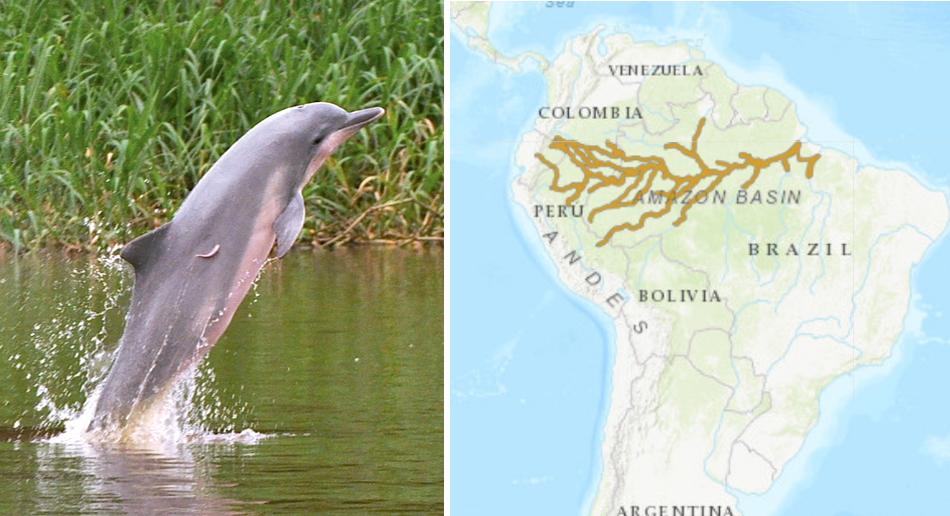
{Prelims – S&T – Defence} Burevestnik Missile
- Context (TH): Russia has announced the successful testing of the Burevestnik missile, a nuclear-powered low-flying cruise missile that can carry a nuclear warhead.
- Introduced in 2018, the Burevestnik, also known as “storm petrel”, is one of six strategic weapons referred to as ‘SSC-X-9 Skyfall’ by NATO.
- The missile’s nuclear propulsion theoretically allows it to circumnavigate the globe multiple times before reaching its target.
- It can travel up to 14,000 miles (22000 km) and is designed to fly at low altitudes, making it harder for air-defence radar to detect.




![PMF IAS Environment for UPSC 2022-23 [paperback] PMF IAS [Nov 30, 2021]…](https://pmfias.b-cdn.net/wp-content/uploads/2024/04/pmfiasenvironmentforupsc2022-23paperbackpmfiasnov302021.jpg)
